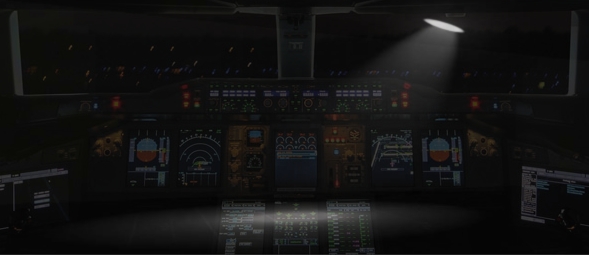Modern Monitoring Part 2: What Good Monitoring Gets You
We’re in the middle of a three-part series on monitoring and attention – two of the most commented on airmanship skills in the industry today. In our last post we elaborated on Posner’s Spotlight model of attention, simplified graphically below, to describe what is likely the most simple and accurate description of how the brain …










